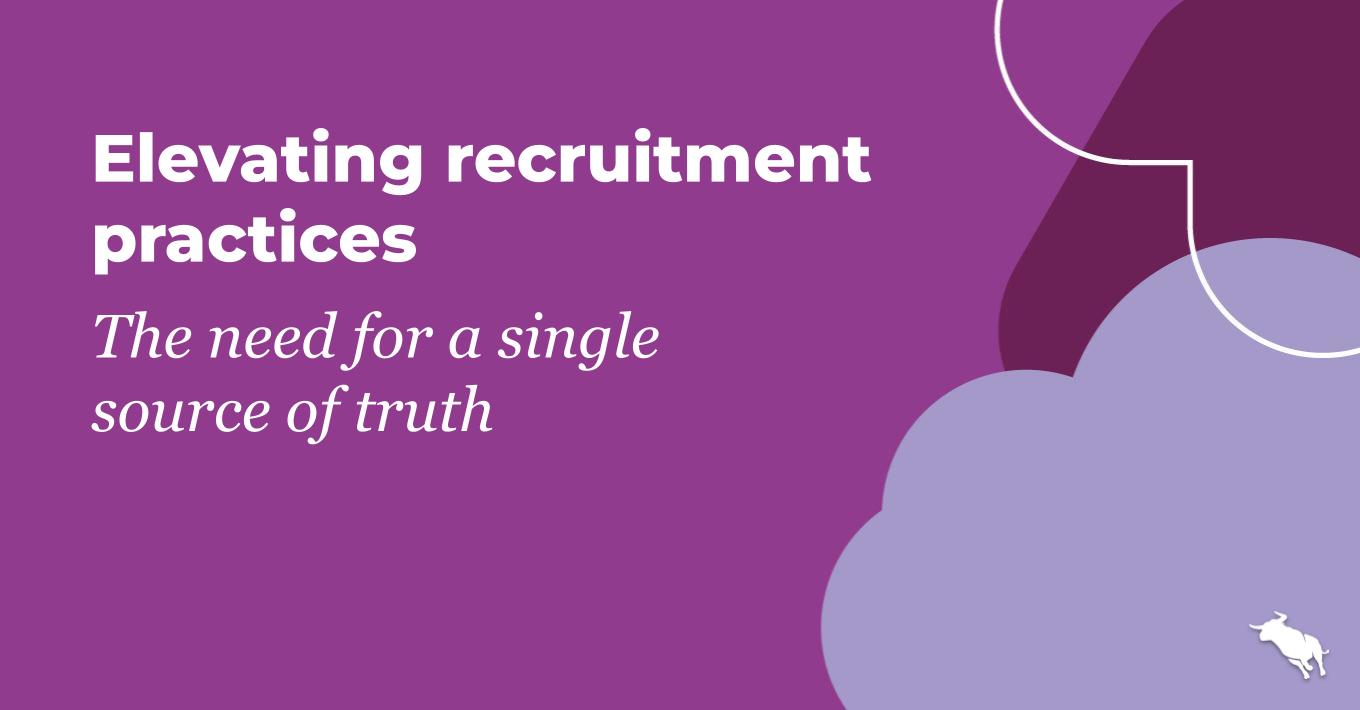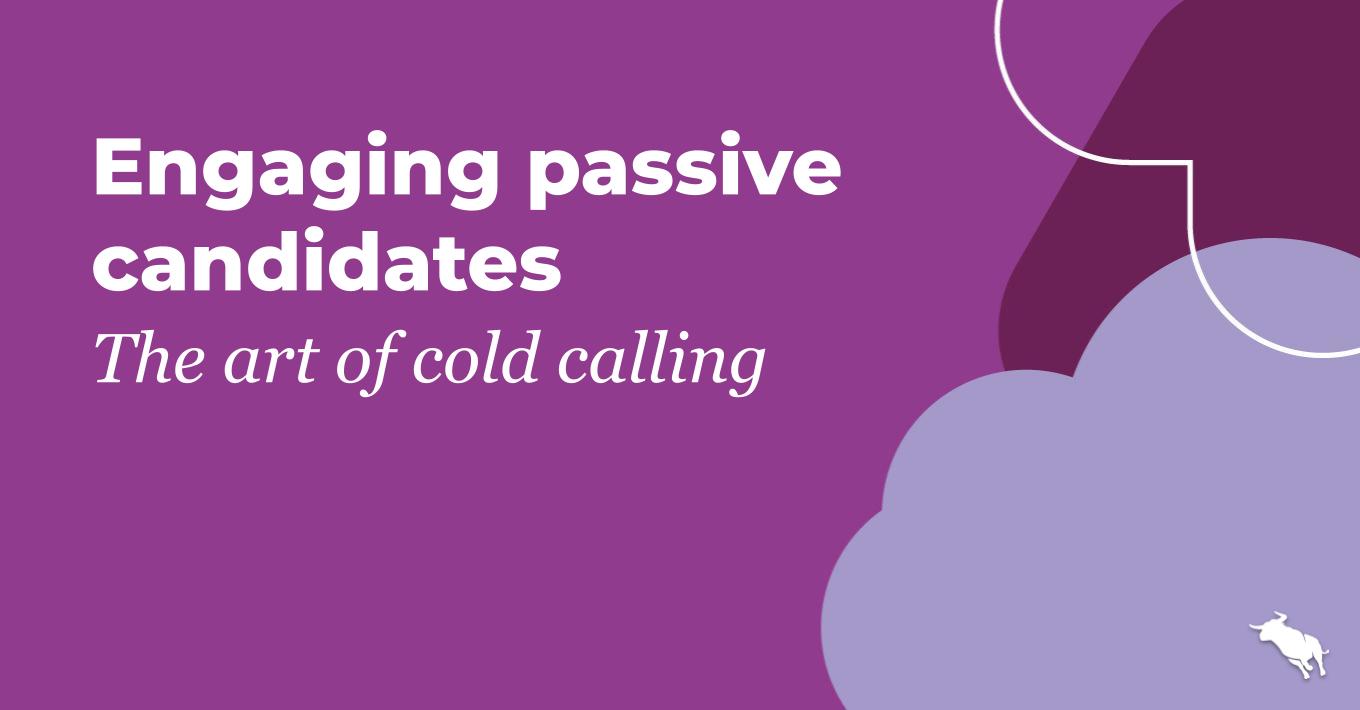How to Master Pay and Bill With Analytics: Timesheet Efficiency

Pay and bill is one of the most crucial elements of the business to get right and it’s also one of the trickiest. Inaccurate invoices are the fastest way to lose a client and damage your reputation. So how can you excel at pay and bill?
Providing accurate pay and bill experience ultimately comes down to using the right tools, implementing an effective process, and monitoring and tweaking that process accordingly. In this series, we’ll cover 5 KPIs that allow you to do exactly that. Last week, we discussed profitability and margin. This week: we dive into timesheet efficiency.
What is it?
Timesheet efficiency refers to the ability to quickly and accurately collect timesheets and approvals from candidates and clients. It’s helpful to measure manual and late timesheets as weekly volume as well as a percentage of all timesheets.
What does this metric tell me about my business?
Evaluating timesheet efficiency is focused on the amount of manual work required to complete the task, such as following up with candidates to submit timesheets or client approvers for timesheet approvals. This provides useful information on the performance of your time capture processes, and by extension, your technology.
By establishing a performance baseline agency staff can identify and test potential changes to improve performance. It’s important to measure this across all time capture methods, including VMS.
How do you measure it?
Timesheet efficiency can be evaluated through ad hoc reporting around manual and late timesheets.
Manual Timesheets can be identified and measured by the method of time capture.
It’s important to include an analysis of VMS placements, as they can be a significant source of manual processes. In Bullhorn, this can be measured by identifying timesheets processed through VMS Exchange, pulls timesheets from the VMS and does not require manual input after setup.
Late Timesheets analyze the percentage of timesheets submitted after your payroll cutoff.
Consider combining with:
Billing and Collections Effectiveness. Late timesheets can cause significant consequences to Invoice Aging and DSO, as clients commonly require all time to be billed for the period on an invoice, resulting in an inability to send invoices until the last timesheet is submitted and approved.
Want to read more about the topics that matter most to staffing professionals? Subscribe to the Bullhorn Blog for news, tips, interviews, trends and more.





